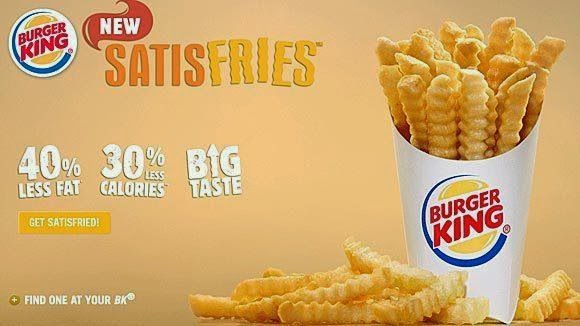Share this:



Health Fact: someone 25 years old today will live 2.5 additional healthier years than a person born 2 decades ago. The nuance in that statement is the “healthier” part. People have been living longer, but not necessarily healthier. Some of that “not necessarily healthier” part comes from our diets.
The Center for Disease Control and Prevention reports 35% of adults are obese, Whether you’re “obese” is dependent upon your height and something called a BMI, or Body Mass Index. It’s all very scientific, but the bottom line is most consumers know when they’re carrying around a few too many pounds, and that obesity is not a good thing. Obesity contributes to heart disease, stroke, type 2 diabetes and even certain cancers. And if you know obesity is linked to what you eat, you’d, well, watch what you eat. But we don’t, so as a brand and emotional engagement differentiator, certain brands have taken it upon themselves to position themselves as being more “healthy.” Or at least more helpful when it comes to being healthy. Fast food brands have done that for years.
According to our 2013 Customer Loyalty Engagement Index, here’s how major fast food brands are evaluated when it comes to being healthy by their own customers:
Subway 90%
McDonald’s 85%
Burger King 84%
Wendy’s 83%
KFC 80%
Subway has pretty much made health their brand positioning. Of course you have to be careful what you add to that basic tuna $5 foot long or the calories and fat add up pretty quickly, but OK, a relatively healthy perception. The other brands could use a “health” boost if they want to meet their customers’ expectations.
To that end, Burger King is introducing a French fry with 30 percent fewer calories and 40 percent less fat, called “Satisfries.” The new version will have 150 calories versus the 226 calories in their regular fries. Will this help? Well, it’s a start. Burger King has introduced juices and other better nutritional choices over the years, but it’s one thing to add them to the menu and another thing to get consumers to actually buy them. You can never be sure about that.
Of one thing we can be sure, though. Americans love their potatoes. Of the 45 pounds of vegetables the average American consumes each year about 29 pounds (65%) of that are accounted for by potatoes. Assuming your average annual potato consumption were confined to Burger King “Satisfries,” you’d be talking about 188 servings, representing a savings of 14,288 calories or 4.08 pounds fewer that you’d be carrying around. Again, it’s a start.
Of course primacy of product, how it actually tastes, and how the new offering is advertised and promoted will be the ultimate test of whether consumers are engaged with this new potato positioning. If you meet customer expectations, you are virtually guaranteed to succeed. If not, consumer will drop you like. . . well, you know that outcome.
Connect with Robert on LinkedIn.
Find out more about what makes customer loyalty happen and how Brand Keys metrics is able to predict future consumer behavior: brandkeys.com. Visit our YouTube channel to learn more about Brand Keys methodology, applications and case studies.
Share this:





